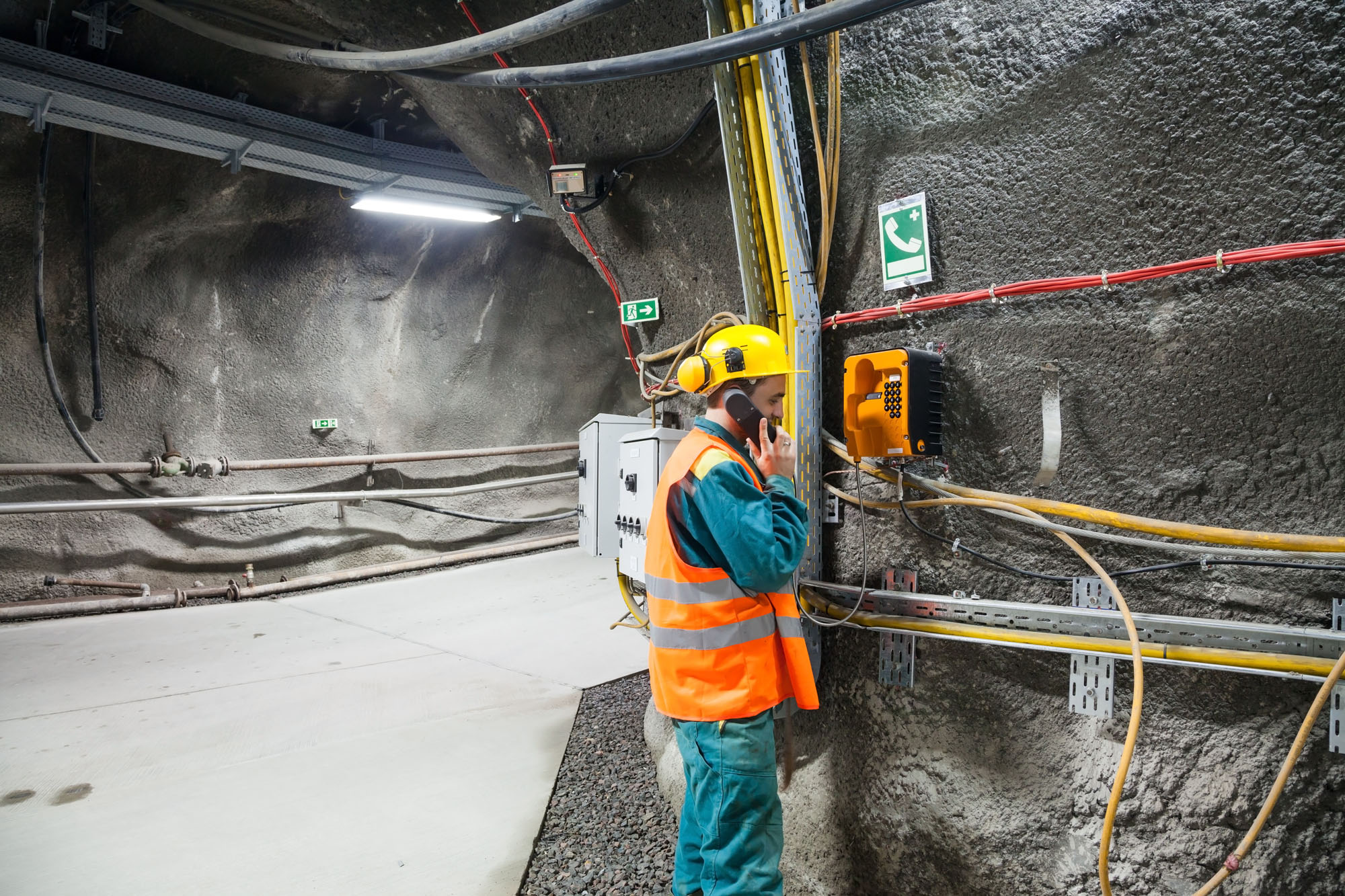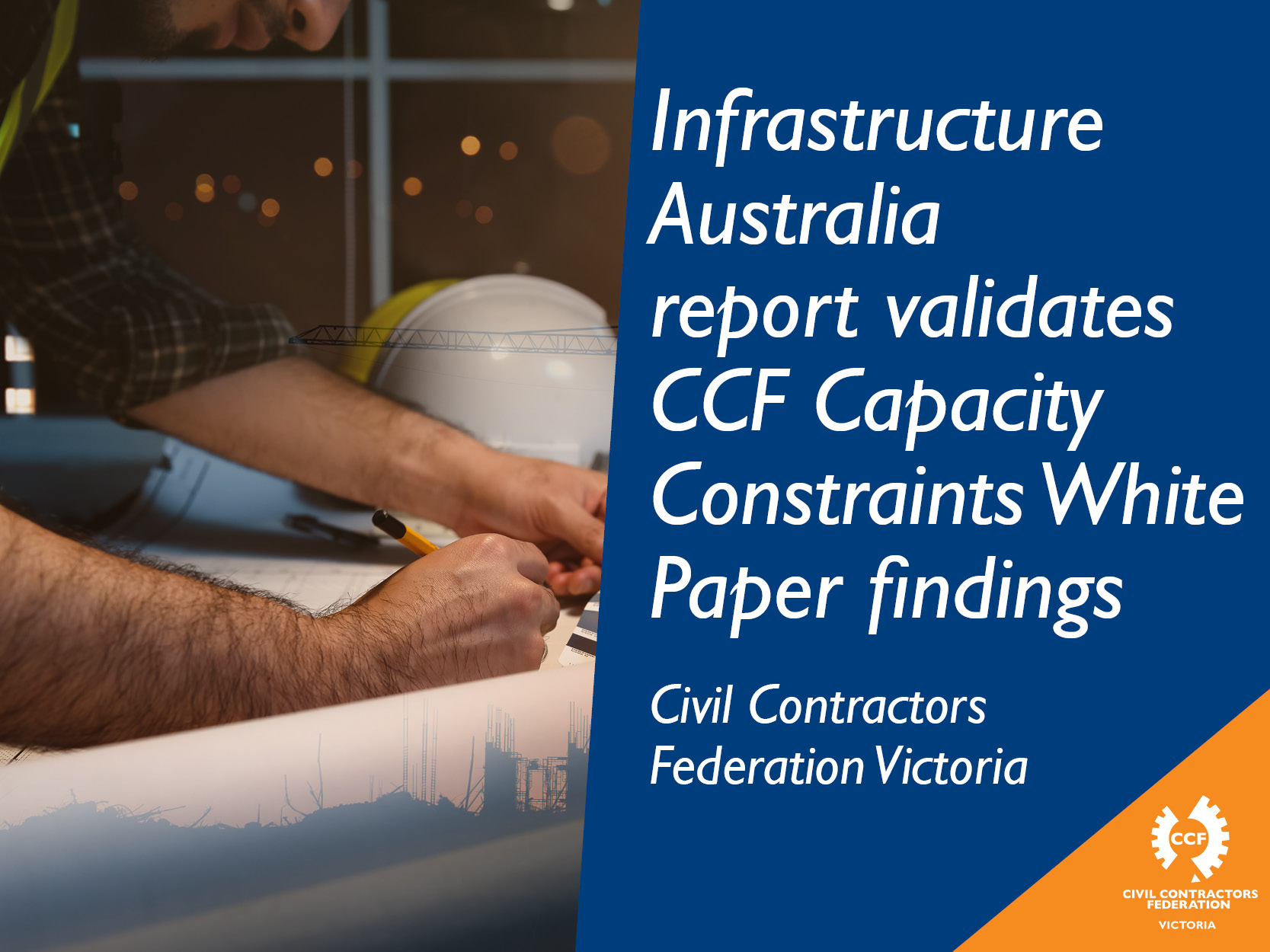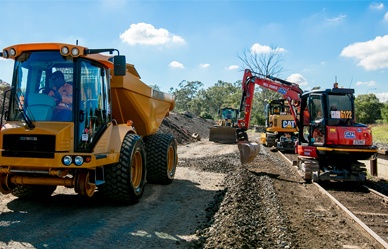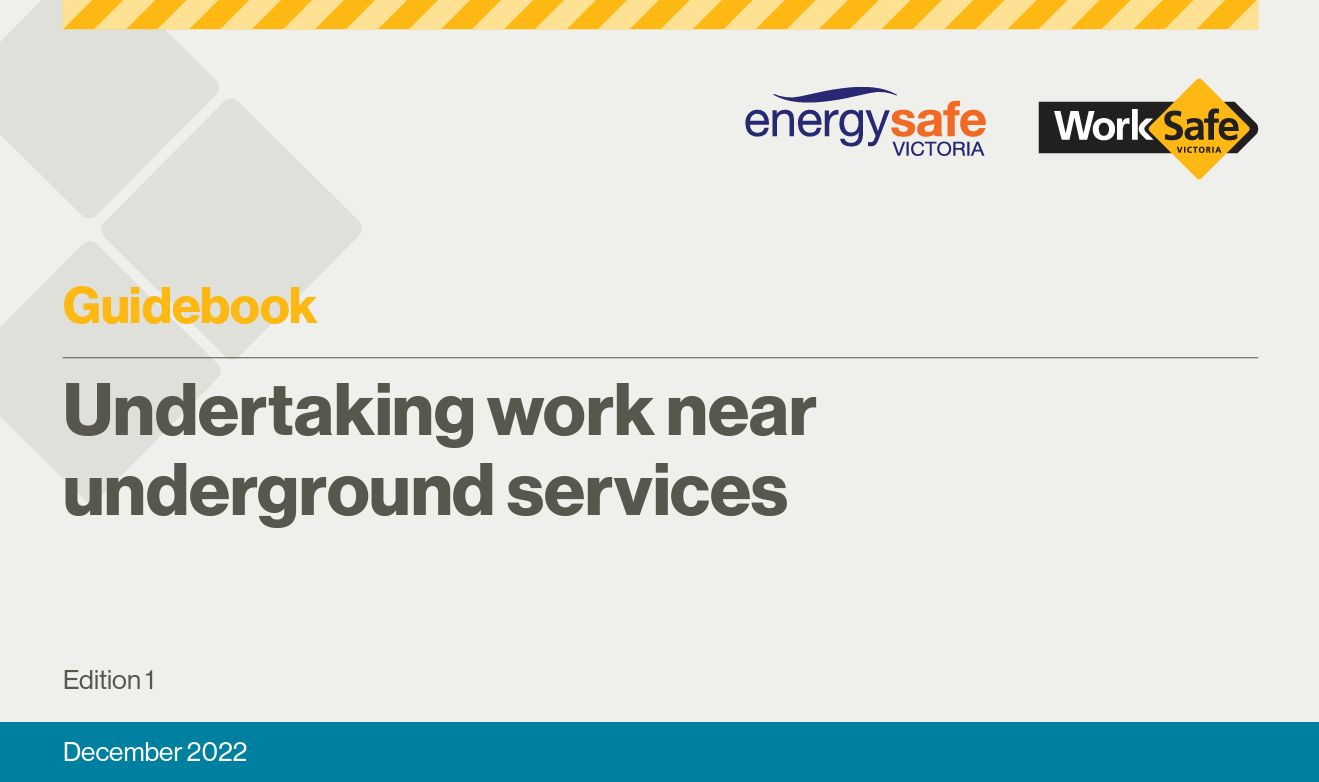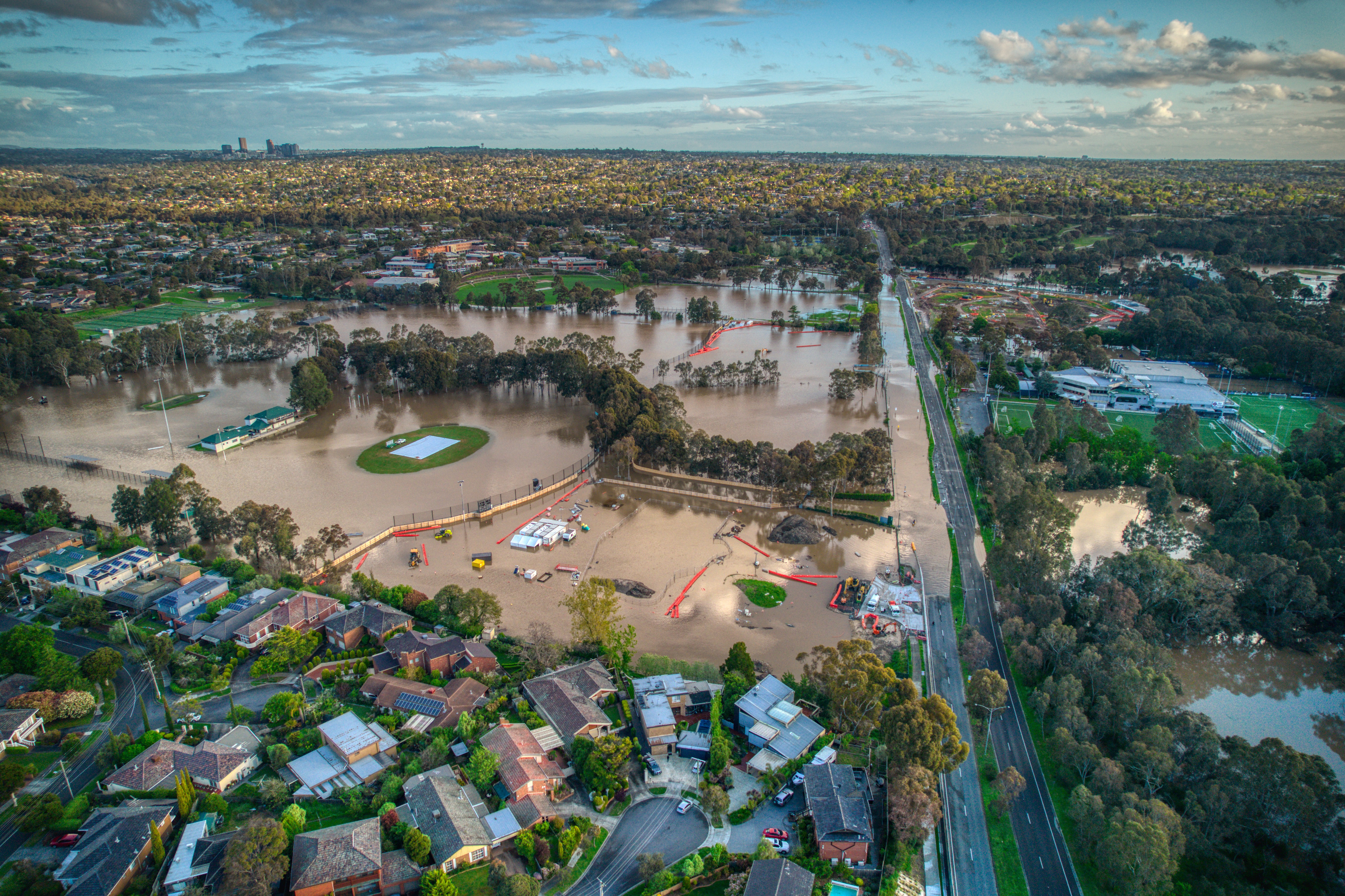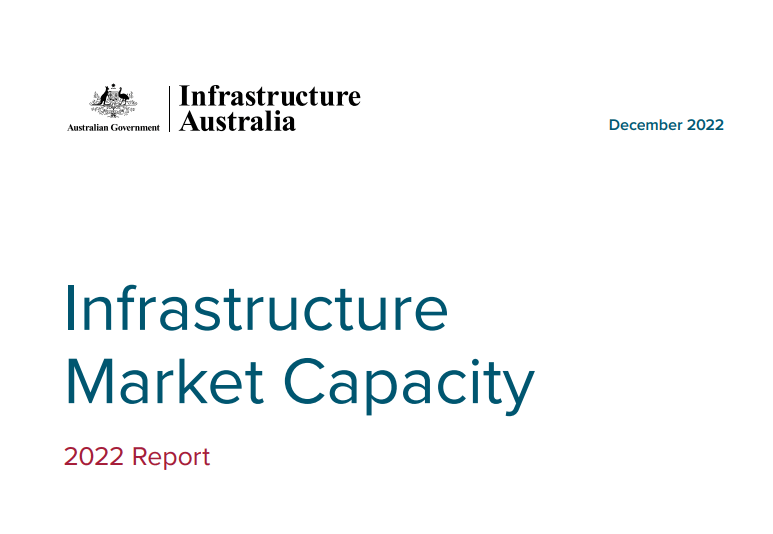Environmental Compliance on Civil Construction Projects
Typically, in the civil construction space such as Land Development projects, Capital Works projects, general Infrastructure works, etc. – there are a number of environmental compliance criteria that contractors must be able to satisfy and demonstrate documentary evidence thereof at various stages of the contract process, from Tender through to the Construction and Commissioning stages of a project. The documentation will essentially be the planning and strategy documentation, that clearly show the methodologies to be utilised on a project, in order to achieve and/or exceed compliance requirements as stipulated by the Developers and/or Authorities in the contract specifications, and under the various Deed’s and MOA’s, etc. under which the project works are governed (e.g. MRWA’s – water/sewer, other Authorities, Power companies, etc.). This compliance requirement also includes the identification and reference to the environmental legislative and regulatory instruments and their subordinate publications (e.g. EPA SEPP’s, Guidelines, Codes, etc.) – that are relevant to the type and scope of works to be undertaken.
Required Documents
The common documents that are used to satisfy the criteria above, required to be completed at the pre-mobilisation stage of most projects, and subject to review and audit by the Authorities include, but are not limited to, the following:
- Site Environmental Management plans;
- System based Environmental Management plans – prepared and tailored for specific projects;
- Environmental Aspects and Impacts register;
- Environmental Risk Assessments;
- Various Environmental Instructions and Procedures – geared towards controlling specific Aspects and minimising Impacts (as referenced in the Aspects and Impacts register, and identified in the Site and Project based Environmental Management plans.
Required Systems
And of course, underpinning the requisite documentation and ‘systems’ inputs described above, there must be in place standard and compliant Quality Management Systems that are robust enough and capable of managing various contingencies as they may arise over the life of a project such as Non-conformance and Corrective/Preventative actions, Incident and Accident reporting, etc.
A common method and one required for accreditation with a majority of government authorities (MRWA’s, VicRoads, etc.); is for a Contractors management system to be certified to a reputable Standard, including the CCF’s Civil Contractor Management System (CCMS), or ISO; by a JASANZ accredited Certifying Body.
For more information on this subject, contact the CCF Team on 1300 DIAL CCF.
CCF Response to New EPA Regulations
The Environment Protection Authority (EPA) has recently released a draft version of the newly proposed Environmental Protection Regulations.
The CCF supports the pending introduction of the new Victorian Environment Protection Act (the Act), and, in particular, the general environment duty imposed under the Act, which is designed to focus on the prevention of environmental and human harm by requiring duty holders to do all that is reasonably practicable to avoid human and environmental harm in a similar fashion to the operation of safety duties imposed by the Victorian OHS Act.
To read CCF’s Response Paper to the drafted regulations, CLICK HERE.
More information on industry compliance is readily available to CCF Members via the CCF Member Portal.
Interested in becoming a member? CLICK HERE to apply.







